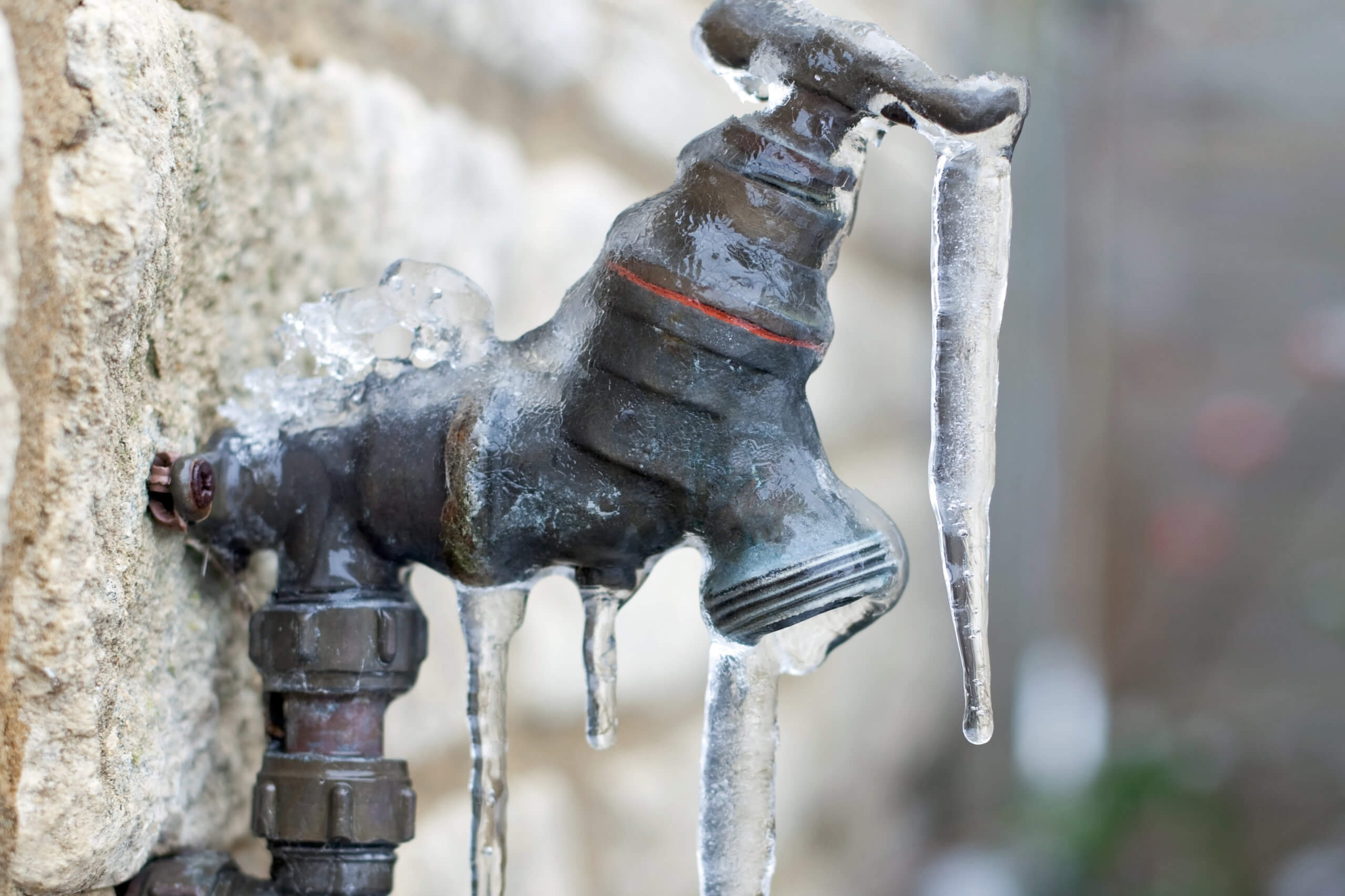How to Defend Pipes from Freezing: Expert Tips
How to Defend Pipes from Freezing: Expert Tips
Blog Article
Have you been interested in selective information concerning How to prepare your home plumbing for winter weather?

Winter can wreak havoc on your plumbing, specifically by freezing pipelines. Right here's exactly how to prevent it from taking place and what to do if it does.
Intro
As temperature levels drop, the risk of icy pipes boosts, potentially leading to costly fixings and water damages. Recognizing how to avoid icy pipes is crucial for property owners in cool climates.
Understanding Icy Pipes
What triggers pipelines to freeze?
Pipelines freeze when subjected to temperatures listed below 32 ° F (0 ° C) for prolonged durations. As water inside the pipelines freezes, it broadens, taxing the pipe wall surfaces and possibly creating them to burst.
Risks and damages
Icy pipelines can lead to supply of water interruptions, home damages, and costly repair services. Burst pipelines can flooding homes and cause substantial architectural damage.
Indicators of Frozen Pipes
Identifying frozen pipelines early can stop them from rupturing.
How to recognize icy pipes
Look for reduced water flow from faucets, unusual odors or sounds from pipes, and noticeable frost on revealed pipes.
Prevention Tips
Protecting prone pipelines
Wrap pipes in insulation sleeves or make use of warmth tape to shield them from freezing temperatures. Focus on pipelines in unheated or exterior areas of the home.
Heating methods
Maintain indoor spaces adequately warmed, particularly locations with pipes. Open up cupboard doors to allow cozy air to flow around pipes under sinks.
Safeguarding Exterior Pipes
Yard tubes and outdoor faucets
Detach and drain garden tubes before wintertime. Set up frost-proof faucets or cover exterior faucets with shielded caps.
What to Do If Your Pipes Freeze
Immediate activities to take
If you believe icy pipelines, keep faucets open to eliminate pressure as the ice melts. Use a hairdryer or towels soaked in warm water to thaw pipelines slowly.
Long-Term Solutions
Architectural adjustments
Take into consideration rerouting pipes away from exterior walls or unheated locations. Include additional insulation to attic rooms, cellars, and crawl spaces.
Updating insulation
Invest in high-grade insulation for pipelines, attic rooms, and wall surfaces. Appropriate insulation helps maintain regular temperature levels and reduces the threat of icy pipes.
Verdict
Stopping frozen pipes calls for aggressive actions and quick reactions. By comprehending the reasons, indications, and safety nets, property owners can safeguard their pipes during winter.
5 Ways to Prevent Frozen Pipes
Drain Outdoor Faucets and Disconnect Hoses
First, close the shut-off valve that controls the flow of water in the pipe to your outdoor faucet. Then, head outside to disconnect and drain your hose and open the outdoor faucet to allow the water to completely drain out of the line. Turn off the faucet when done. Finally, head back to the shut-off valve and drain the remaining water inside the pipe into a bucket or container. Additionally, if you have a home irrigation system, you should consider hiring an expert to clear the system of water each year.
Insulate Pipes
One of the best and most cost-effective methods for preventing frozen water pipes is to wrap your pipes with insulation. This is especially important for areas in your home that aren’t exposed to heat, such as an attic. We suggest using foam sleeves, which can typically be found at your local hardware store.
Keep Heat Running at 65
Your pipes are located inside your walls, and the temperature there is much colder than the rest of the house. To prevent your pipes from freezing, The Insurance Information Institute suggests that you keep your home heated to at least 65 degrees, even when traveling. You may want to invest in smart devices that can keep an eye on the temperature in your home while you’re away.
Leave Water Dripping
Moving water — even a small trickle — can prevent ice from forming inside your pipes. When freezing temps are imminent, start a drip of water from all faucets that serve exposed pipes. Leaving a few faucets running will also help relieve pressure inside the pipes and help prevent a rupture if the water inside freezes.
Open Cupboard Doors
Warm your kitchen and bathroom pipes by opening cupboards and vanities. You should also leave your interior doors ajar to help warm air circulate evenly throughout your home.

I hope you liked our article about 6 Ways to Prevent Frozen Pipes. Many thanks for finding the time to browse our content. Loved our posting? Please share it. Let other people check it out. We enjoy reading our article about How to Prevent Your Pipes From Freezing.
Schedule Here Report this page